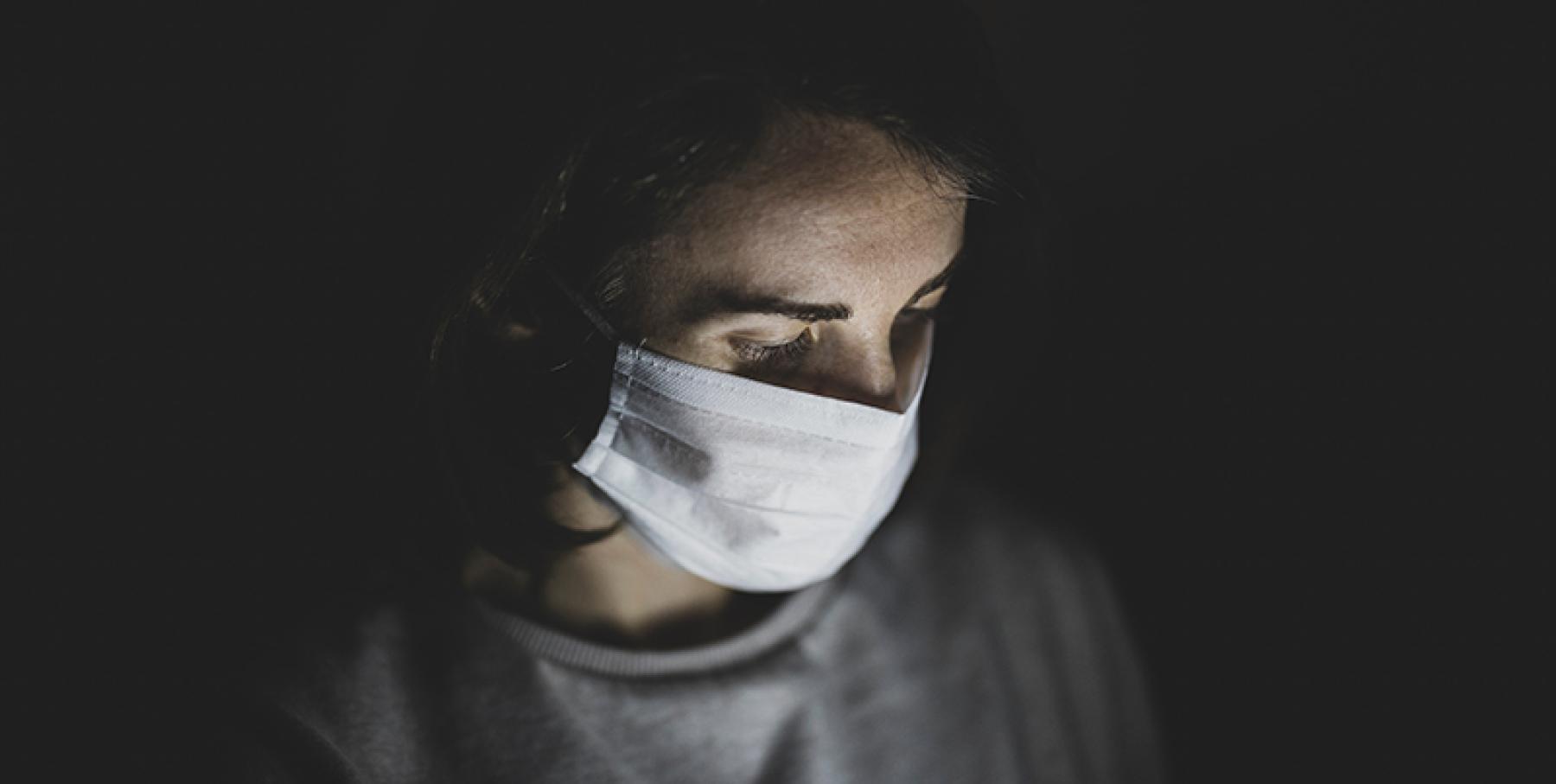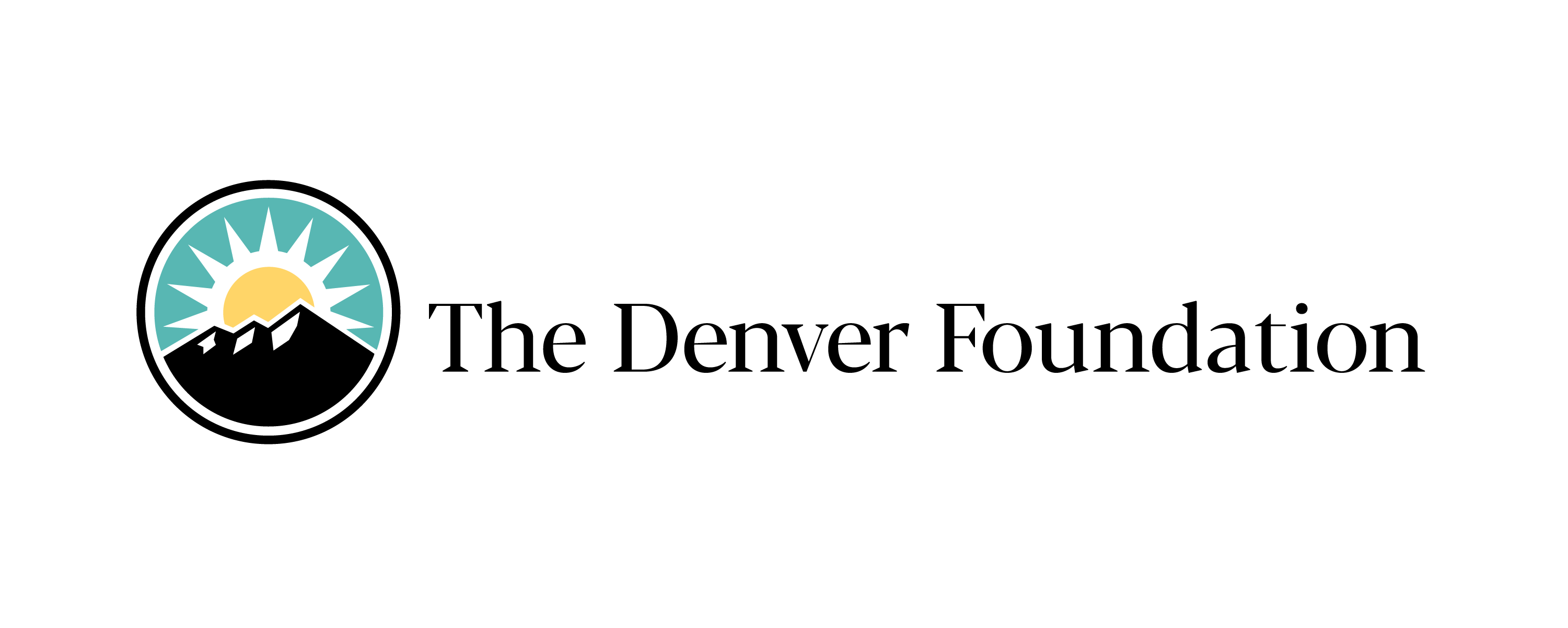Learning About Equity in the Pandemic — the Hard Way

It has been a year since Colorado saw its first COVID-19 case. Since then, almost half a million Coloradans have been infected and over 6,000 have died from complications related to the virus.
All Coloradans have likely experienced changes in their daily lives in the past year, but some communities saw more economic hardship and loss of human life than others. Social, economic, and health disparities that have existed for decades became exacerbated during the pandemic. Rural regions saw financial stress on hospitals and limited broadband access while communities of color were hit the hardest with a disproportionate number of COVID-19 cases and deaths compared to non-Hispanic/Latinx white Coloradans.
The tide might be turning. Almost one in five (18.4%) of Coloradans have been at least partially vaccinated and the state’s daily case count and deaths have been declining.
However, the pandemic is far from over and the geographic, racial/ethnic, and health inequities that have been spotlighted during the past year still exist. Public health experts say this will not be the last pandemic or public health crisis current generations will experience, which begs the question, “What can we do better next time?”
CHI asked seven community leaders the following question to learn lessons for future public health emergencies:
“When you think about creating equity in our response to the pandemic, what have you learned that you wish was better understood a year ago?”
Community Reflections
Community leaders shared insights about insufficiencies among safety net programs and limitations of state and local public health agencies to meet people’s basic needs. They said mistrust and fragmented health messaging made some communities wary of state interventions and safety protocols.
They also shared messages of resilience and stories of communities coming together to take care of each other.
Chanell R. Reed, MPA. Executive Director of Families Forward Resource Center
“Social isolation of the pandemic has many effects, not only in [people’s] financial and health outcomes, but also in their social and emotional well-being. Helping families sustain and be resilient during this time has changed my perspective in providing support and service delivery within our community.”
Johnny Williams, MPH. Senior professional research assistant/study manager with the University of Colorado Anschutz Medical Campus
“In creating an equitable response, I wish I would’ve known how deep mistrust can reside in communities of color. ... Trust has to be rebuilt on the community level and there have to be leaders who are willing to hear the other side and not just dismiss them as noncompliant or conspiracy theorists. The best response is not a one-size-fits-all response; each one has to be tailored to needs of the community. ... Experts are at every level of the community and we need to rely on the expertise of community leaders to decide what would be the best/most effective plan.”
A Colorado indigenous community leader, name withheld on request
“Solutions really lie within the community … and resilience has gotten [indigenous people] through the pandemic. … Despite some of the devastations [related to the pandemic], and how indigenous communities were impacted, it was so powerful how communities have come together for mutual aid, finding resources that weren’t there before. ... In the future, there need to be resources and strategies to make sure there is adequate health care. The pandemic really drove home how stark the health care inequities are in some communities. … Looking ahead, we need to have a multi-faceted approach to people having full control of their health care.
BreAnna Teeters, MPH. Special Projects Coordinator at the Rocky Mountain Public Health Training Center
“First, the lack of information on what communities needed … Having state or county support in this area, either financially or with additional workers, would have been extremely helpful, particularly when those government entities recognized BIPOC communities as being extremely affected but were not doing the work to stay updated on what that really meant in their day-to-day lives. … Second, during these times there has been a lot of conversations and work being put into building partnerships between organizations to amplify the number of people that could be supported and geographical reach. However, many of these partnerships became repeated conversations instead of action. … Financial backing is often a necessity to move forward. … Waiting for the dollars to show up before moving past the idea stage should not be an option. … Finally, although Adams, Arapahoe, and Denver are among the most diverse counties within the state, it does not mean it is the only place Coloradans with these identities live, and their voices and needs have to be heard.”
Stephanie Wasserman, MSPH. Executive Director of Immunize Colorado
“I wish we would have launched the Colorado Vaccine Equity Taskforce many years ago. … The goals of the taskforce are currently focused on addressing COVID-19 vaccine access and information in highly impacted communities, but we have long had knowledge and awareness of vaccine disparities and deep historic mistrust of the medical establishment in BIPOC communities due to systemic racism and structural bias. [Having] trusted members of the community to serve as messengers, advocates, and leaders in their own networks is absolutely critical to ensuring equitable health access and outcomes.”
Melissa Mouton, MD, MPH, 5280 High School Founder
“We went remote in March 2020, like every other school in Denver Public Schools. Within four to six weeks, we had multiple student relapses and even several hospitalizations due to overdose. The impact of school closure on [our school’s] population has been profound and tragic. … The impact [of remote learning] will be both academic and social/emotional. I fear that we will see surges in teen suicides, depression, anxiety, and substance abuse. Will schools and families be ready to deal with this? I worry that the schools that are the most under-resourced and already experiencing inequity will see further inequity in their ability to respond to these problems. For all those reasons, I think inequities will be greater after COVID. … A year ago, I wish educators would have known more about how SARS-Cov2 spreads and how to safely mitigate it.”
Liane Jollon, Executive Director of the San Juan Basin Public Health Department
“COVID-19 laid bare systemic health inequities across our communities in unspeakably tragic ways — ways that local public health leaders were previously not successful enough or persuasive enough in exposing. … The difficulty over the last year has been how do we re-shuffle our agencies to get this emergent work done and at the same time advance the many, many issues that we have previously identified as contributing to health inequities in our communities. … What we’ve learned is that the absence of basic safety net services absolutely interferes with our ability to fight the spread of disease and save lives in a global pandemic. … This lacking put us in positions at the local level to build safety net services where they did not previously exist so that individuals and families could safely isolate and quarantine if exposed to COVID, protect other members of households in overcrowded housing, pay bills and put food on the table when paychecks were not coming. … COVID also laid to bare the absolute necessity of ensuring basic services for all of us — because we are all in this together.”
Related Blogs and Research
- Change and Challenge: CHI Reflects on a Year of the Pandemic
- Taking Vaccine Equity From Talk to Action
- The Pandemic Behind Bars
CHI's work on rapid analysis of current policy challenges is made possible by The Denver Foundation.


